|
"All programming languages are shit. But the good ones fertilize your mind"
|
|
—
Reginald Braithwaite,
Software Developer
|
|
|
|
|
|
|
|
Building a Docker image for a Node.js project is relatively easy, but building a GOOD Docker image for a Node.js project is an entirely different story! This article presents a step-by-step guide to building fast and lightweight Node.js Docker images.
|
|
|
|
|
Last week everyone got excited by the 3.0 release of Astro, a modern static website generator for Node.js (which in fairness can do a lot more than just static websites). This new release promises 30% faster compile times, new features and enhancements around View Transitions, Image Optimization, Fast Refresh JSX, and more.
|
|
|
|
|
Dark mode is popular, but not essential. Users like dark mode but maintain similar behaviors without it. They think about it at the system level, not the application level. If you choose to support dark mode, test your design to avoid common dark-mode issues.
|
|
|
|
|
The logic behind Bézier Curves used in CSS animations and visual elements. A beautifully illustrated (and interactive!) article where you can learn everything there's to know about a concept highly used in vector graphics and animation. It can be the secret sauce to spice up your next web design!
|
|
|
|
|
This issue of the excellent System Design Newsletter tells us the story (for 8 different reasons) of how WhatsApp was able to scale massively while keeping its team relatively small. A series of interesting project and technology decisions led to this marvelous outcome. If you are interested in architecture and team topologies, you'll surely enjoy this one!
|
|
|
|
|
If you enjoyed the article about Bézier curves, this one is a great follow-up. The new CSS linear() timing function enables custom easing in animations. Explore how linear() works compared with other timing functions used for easing, with practical examples.
|
|
|
|
|
The CSS Color Module Level 4 specification defined a slew of new color features when it became a candidate recommendation in 2022, including Oklab and Oklch, which have widened the field of color we have to work with. This article will let you explore the Oklch color space and show you why it's interesting and how you can start using it in CSS today.
|
|
|
|
|





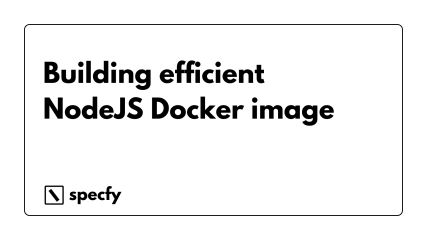
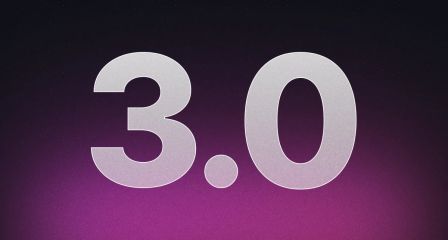
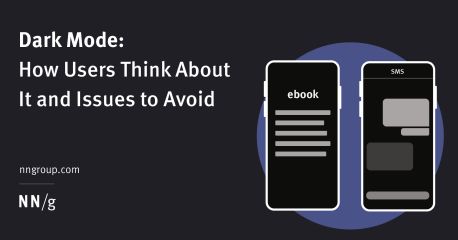


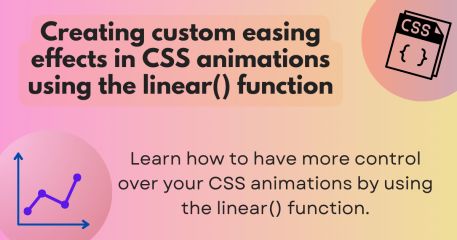
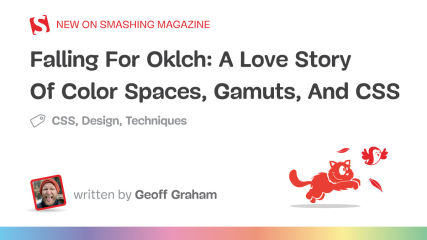

 — Andrea
— Andrea
 — Luciano
— Luciano


Add a comment: